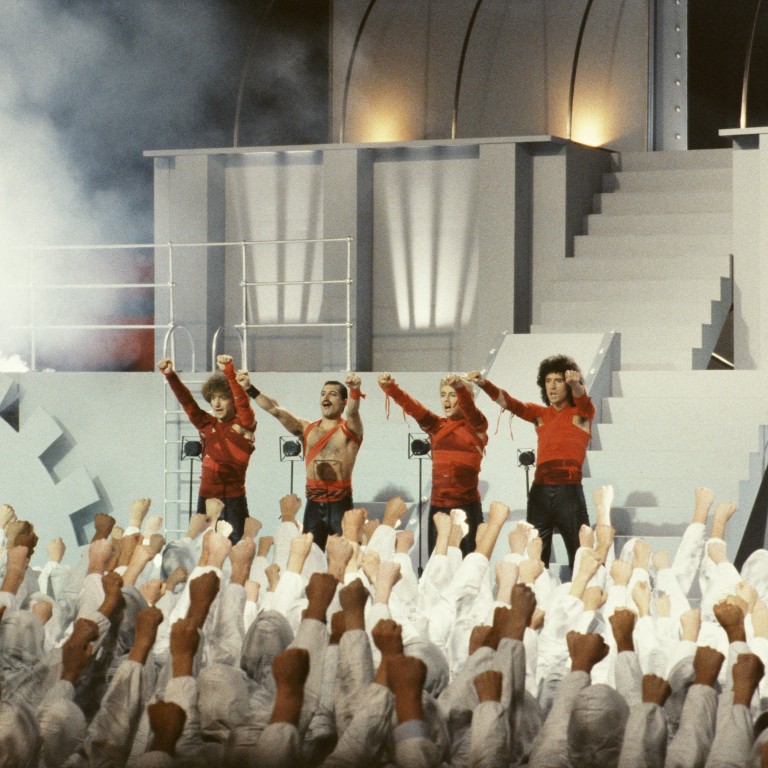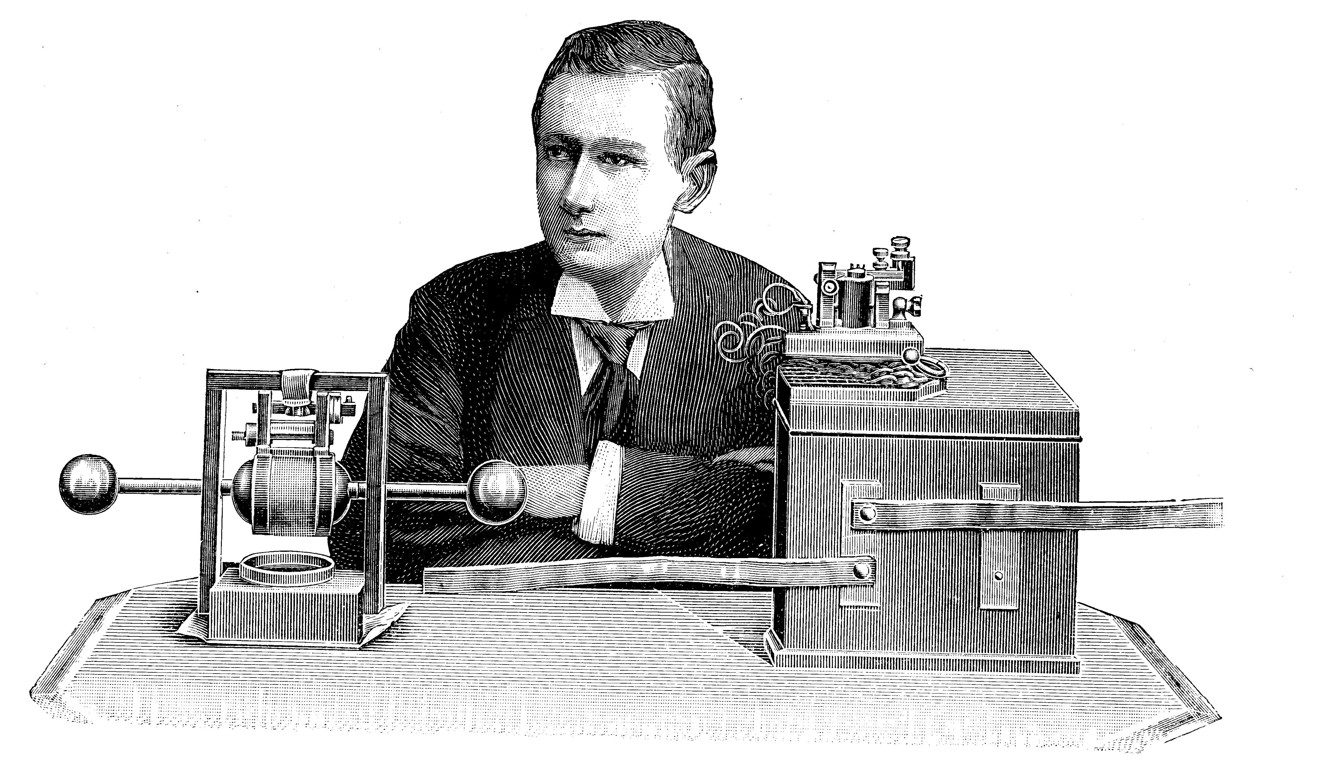
From Queen’s Radio Ga Ga to ‘Roger that’ – how the wireless influenced language
A look at how the medium can broadcast messages of understanding, tolerance and peace
World Radio Day, on February 13, is a celebration of the communications medium.
The word “radio”, with roots in the Latin “radius” (“beam”, “ray”), refers to radio waves. In 1886, German physicist Heinrich Hertz became the first person to transmit and receive controlled radio waves, which were initially named Hertzian waves. The first practical radio transmitters and receivers using radiotelegraphy – “tele” and “graphy” originating in Greek, meaning “at a distance” and “a writing”, respectively – were invented in the mid-1890s by Italian electrical engineer Guglielmo Marconi.
Women turn to podcasting to have their voices heard
Faster than the telegraph, and without the need for laying wires or cables, early wireless telegraphy relied on Morse code, with information transmitted by radio-wave pulses of two lengths – dots and dashes – spelling out text messages. It was only a matter of time before radio communication advanced from two parties talking back and forth to one party sending out a signal to be heard by many as a broadcast.
The first radio broadcast of speech and music is believed to have been transmitted in 1906 by Canadian-American inventor Reginald Fessenden, from Massachusetts to ships in the Atlantic Ocean. Less than 15 years later, in 1920, the first public scheduled broadcast was made.
The term “wireless telegraphy” was widespread – used by The New York Times up to 1921 – but military preference during the first world war established “radio”, clipped from radiotelegraphy, as the word for such communications. “Wireless” saw a resurgence in usage in the late-20th century, with technologies such as mobile broadband, Wi-fi and Bluetooth primarily used for such digital devices.

AM (amplitude modulation) radio was the main source of home entertainment from the 1920s through to the 40s – the golden age of radio – with FM (frequency modulation) dominating broadcasting from the 70s. British rock band Queen’s 1984 hit Radio Ga Ga immortalises the medium’s ubiquitous position, despite the rise of the television, as a source of news and entertainment.
The nature of radio (the absence of visuals) has led to interesting language use. Old radio communication was rated by reception strength and signal clarity on a scale of 0 to 5, with five by five meaning “loud and clear” and also used to indicate that everything is in order. “Roger that” derives from radio voice procedure’s erstwhile United States spelling alphabet, “Roger” representing the letter R and meaning “received” (the current Nato alphabet uses Romeo).
World Radio Day’s theme for 2019 was dialogue, tolerance and peace, with an emphasis on indigenous media as a means for fostering cultural identity and affording participation. Let’s go gaga over the empowerment that radio can bring to indigenous language communities.

